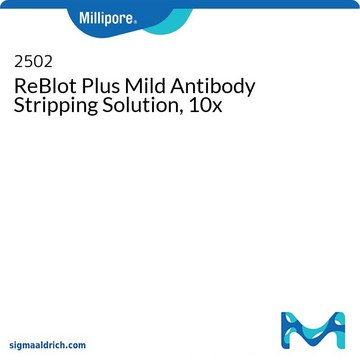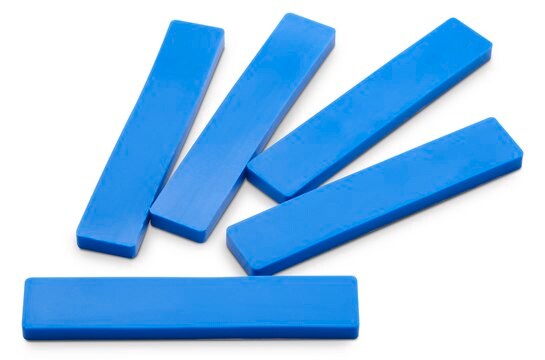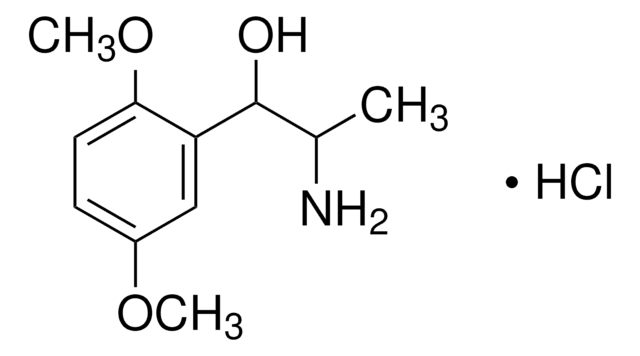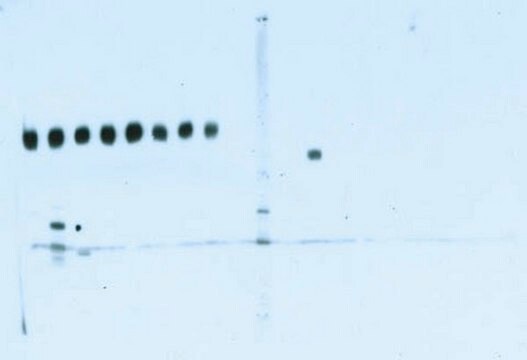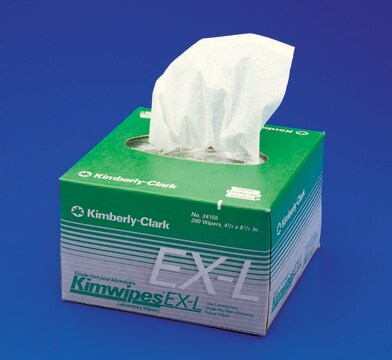Recommended Products
manufacturer/tradename
Chemicon®
Re-Blot™
Quality Level
technique(s)
western blot: suitable
detection method
chemiluminescent
shipped in
wet ice
General description
Western blotting is a commonly used technique for studying protein function and localization. Typically, protein samples are electrophoresed on SDS-PAGE and transferred to a membrane such as nitrocellulose or nylon, where they are probed with specific antibodies. Unlike nucleic acid based technologies, which allow reuse of Southern and Northern blots, it has been difficult to reuse Western blots.
Stripping and reprobing of Western blots offers several advantages:
1) Conservation of samples that are expensive or available only in limited quantities,
2) Analysis of a given blot using several different antibodies, e.g. subtype- or isoform-specific antibodies,
3) Reanalysis of anomalous results and confirmation with the same or a different antibody,
4) Correcting errors in incubation with the wrong antibody,
5) Cost savings in reagents and time by reusing the same blot.
While antigen and antibody based immunoaffinity matrices, such as Sepharose™ conjugates, have been reused many times without compromising antigen-antibody reactivity, the need for pH extremes and chaotropic agents has precluded the application of these methods to Western blotting.
The MILLIPORE Re-Blot Plus Western Blot Recycling Kit contains specially formulated solutions that quickly and effectively remove antibodies from Western blots without significantly affecting the immobilized proteins.
Advantages of the Re-Blot Plus Western Blot Recycling Kit include:
Stripping and reprobing of Western blots offers several advantages:
1) Conservation of samples that are expensive or available only in limited quantities,
2) Analysis of a given blot using several different antibodies, e.g. subtype- or isoform-specific antibodies,
3) Reanalysis of anomalous results and confirmation with the same or a different antibody,
4) Correcting errors in incubation with the wrong antibody,
5) Cost savings in reagents and time by reusing the same blot.
While antigen and antibody based immunoaffinity matrices, such as Sepharose™ conjugates, have been reused many times without compromising antigen-antibody reactivity, the need for pH extremes and chaotropic agents has precluded the application of these methods to Western blotting.
The MILLIPORE Re-Blot Plus Western Blot Recycling Kit contains specially formulated solutions that quickly and effectively remove antibodies from Western blots without significantly affecting the immobilized proteins.
Advantages of the Re-Blot Plus Western Blot Recycling Kit include:
- No pungent smelling β-mercaptoethanol is contained in the Antibody Stripping Solution.
- Antibody stripping is done at room temperature. No heating of blots is required.
- Blots can be stripped of antibodies in approximately 15 minutes at room temperature.
- Blots may be reused in 25 minutes.
Application
The MILLIPORE Re-Blot Plus Western Blot Recycling Kit is effective for removal of antibodies from Western blots that have been developed with chemiluminescence or radioactive iodine or other isotopes. It is not recommended for stripping colorimetric substrates (TMB, DAB, 4-chloronapthol, etc.), as it is not possible to effectively remove substrates that precipitate at the reaction site.
The Re-Blot Plus Western Blot Recycling Kit should be used only for qualitative purposes until it has been established by comparative blot analysis that stripping does not quantitatively affect a given antigen.
This product is for research use only; not for diagnostic or in vivo use.
The Re-Blot Plus Western Blot Recycling Kit should be used only for qualitative purposes until it has been established by comparative blot analysis that stripping does not quantitatively affect a given antigen.
This product is for research use only; not for diagnostic or in vivo use.
Components
Mild Antibody Stripping Solution (10x) - (1 container, 50 mL).
Strong Antibody Stripping Solution (10x) - (1 container, 50 mL).
Strong Antibody Stripping Solution (10x) - (1 container, 50 mL).
Storage and Stability
Kit components should be stored at 4°C upon arrival. Product is stable for 3 to 6 months after receipt. If Antibody Stripping Solution crystallizes upon storage, it may be re-dissolved with gentle warming at 37°C before use.
Note: To prevent reagent degradation secure the cap tightly upon storage. Avoid extended exposure to air.
Note: To prevent reagent degradation secure the cap tightly upon storage. Avoid extended exposure to air.
Legal Information
CHEMICON is a registered trademark of Merck KGaA, Darmstadt, Germany
Re-Blot is a trademark of Merck KGaA, Darmstadt, Germany
Sepharose is a trademark of Cytiva
signalword
Danger
Hazard Classifications
Acute Tox. 3 Dermal - Acute Tox. 3 Inhalation - Acute Tox. 4 Oral - Aquatic Chronic 2 - Eye Dam. 1 - Met. Corr. 1 - Skin Corr. 1A
Storage Class
6.1C - Combustible acute toxic Cat.3 / toxic compounds or compounds which causing chronic effects
Certificates of Analysis (COA)
Search for Certificates of Analysis (COA) by entering the products Lot/Batch Number. Lot and Batch Numbers can be found on a product’s label following the words ‘Lot’ or ‘Batch’.
Already Own This Product?
Find documentation for the products that you have recently purchased in the Document Library.
Nicoletta Filigheddu et al.
Molecular biology of the cell, 18(3), 986-994 (2007-01-05)
Ghrelin is an acylated peptidyl gastric hormone acting on the pituitary and hypothalamus to stimulate appetite, adiposity, and growth hormone release, through activation of growth hormone secretagogue receptor (GHSR)-1a receptor. Moreover, ghrelin features several activities such as inhibition of apoptosis
Jo-Anne Chan et al.
PloS one, 14(9), e0221733-e0221733 (2019-09-11)
The development of effective malaria vaccines remains a global health priority. Currently, the most advanced vaccine, known as RTS,S, has only shown modest efficacy in clinical trials. Thus, the development of more efficacious vaccines by improving the formulation of RTS,S
Tingting Chen et al.
The Journal of clinical investigation, 130(4), 1808-1822 (2020-01-15)
A better understanding of all immune components involved in protecting against Mycobacterium tuberculosis infection is urgently needed to inform strategies for novel immunotherapy and tuberculosis (TB) vaccine development. Although cell-mediated immunity is critical, increasing evidence supports that antibodies also have
Yuxuan Kan et al.
Evidence-based complementary and alternative medicine : eCAM, 2020, 6020817-6020817 (2020-03-20)
Corallodiscus flabellata B. L. Burtt is a traditional Chinese medicine. Previous studies in our laboratory showed that C. flabellata alleviated symptoms of Alzheimer's disease (AD) in a rat model of AD and increased healthy rats' urine volume. The aims of
Silvia Luotti et al.
Neurobiology of disease, 139, 104815-104815 (2020-02-23)
Amyotrophic lateral sclerosis (ALS) is a fatal motor neuron disease for which there are no validated biomarkers. Previous exploratory studies have identified a panel of candidate protein biomarkers in peripheral blood mononuclear cells (PBMCs) that include peptidyl-prolyl cis-trans isomerase A
Our team of scientists has experience in all areas of research including Life Science, Material Science, Chemical Synthesis, Chromatography, Analytical and many others.
Contact Technical Service